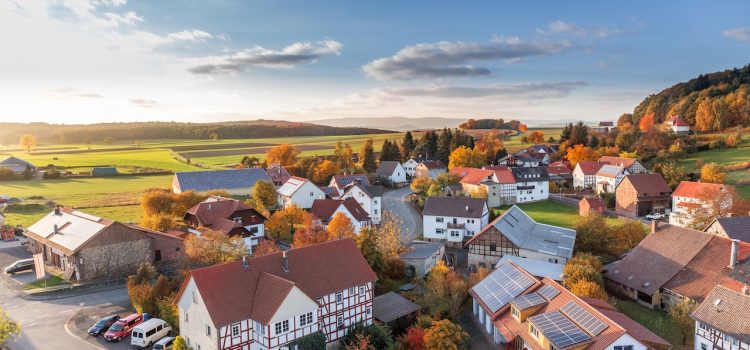
Commercial real estate has evolved beyond traditional brick-and-mortar structures, encompassing dynamic factors that shape the industry’s landscape. In this article, we will explore the key dynamics influencing commercial real estate today and provide insights into emerging trends and strategies.
- Flexibility and Adaptability
The demand for flexible spaces has witnessed a significant surge in recent years. Businesses now seek adaptable environments that can accommodate evolving needs and promote collaboration. This has led to the rise of coworking spaces, shared offices, and flexible lease arrangements. Landlords and developers are increasingly incorporating flexibility into their offerings to cater to the changing preferences of tenants.
- Technology-Driven Innovations
Technology continues to reshape the commercial real estate sector. Smart buildings equipped with IoT devices, advanced security systems, and energy management solutions enhance operational efficiency and tenant experiences. Property managers leverage data analytics to optimize space utilization, streamline maintenance, and improve sustainability. Additionally, virtual reality (VR) and augmented reality (AR) technologies enable immersive property tours, enhancing marketing efforts and decision-making processes.
- E-commerce Impact
The rapid growth of e-commerce has had a profound impact on commercial real estate. The demand for logistics and distribution centers has surged to facilitate efficient product storage, fulfillment, and last-mile delivery. Retail spaces have undergone transformations to create engaging experiences that draw customers to physical stores, blending offline and online retail strategies. Creative repurposing of retail spaces for fulfillment centers or experiential destinations has become a viable option for adapting to the changing retail landscape.
- Urbanization and Mixed-Use Developments
Urbanization trends have fueled the demand for mixed-use developments that combine residential, commercial, and recreational spaces. These vibrant communities offer convenience, work-life balance, and a sense of community. Developers increasingly integrate amenities, green spaces, and walkability into their projects to create attractive destinations that meet the diverse needs of residents, workers, and visitors.
- Sustainable and Green Initiatives
Sustainability has become a central focus in commercial real estate. Building owners and tenants are prioritizing energy efficiency, renewable energy adoption, and environmentally friendly practices. Green building certifications, such as LEED and BREEAM, are gaining prominence as markers of sustainable properties. Investors and developers are recognizing the long-term value of environmentally conscious buildings in terms of reduced operating costs, increased tenant demand, and positive brand image.
- Social and Cultural Considerations
Commercial real estate is increasingly influenced by social and cultural factors. Communities are seeking developments that align with their values and contribute to their well-being. Mixed-income housing, affordable housing initiatives, and community spaces are gaining attention. Developers and investors are encouraged to consider the social impact of their projects, engaging with local stakeholders and incorporating community-oriented design elements.
- Market Disruptions and Adaptation
The commercial real estate market experiences periodic disruptions, influenced by economic cycles, geopolitical factors, and unforeseen events like pandemics. Industry players must remain adaptable and responsive to changing market conditions. This includes diversifying portfolios, exploring emerging markets, and adopting innovative strategies to mitigate risks and capitalize on opportunities.
In summary, commercial real estate today extends beyond physical structures, embracing flexibility, technology, sustainability, and community-centric approaches. Understanding these dynamics and emerging trends is crucial for stakeholders to navigate the evolving landscape successfully. By embracing innovation, adopting sustainable practices, and fostering adaptability, the commercial real estate industry can thrive in a rapidly changing world.










